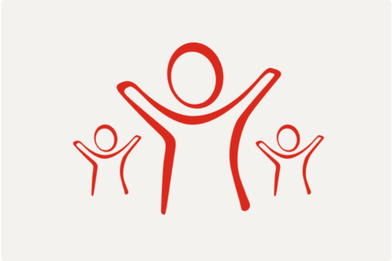Thousands of children forced to flee homes as heavy rains hit Kenya
The Gathuthie River between Rhamu and Mandera County, Kenya burst its banks. More photos are available here
Thousands of children have been forced to flee their homes by the exceptionally heavy rains that have been falling in Kenya since October*. More rain is expected in the coming week. Save the Children is warning of the risks of water-borne illness and rising flood waters**.
WE STAND SIDE BY SIDE WITH CHILDREN IN THE WORLD'S
TOUGHEST PLACES.
At least 120 people have died in the floods, including 72 people who were killed in landslides in West Pokot***. The storms have caused destruction and damage of key infrastructure, including houses, health facilities and schools and have disrupted basic services in at least 32 of Kenya’s 47 counties.
Save the Children is working to support families in Kenya across four counties - Turkana, Mandera, Garissa, and Wajir - hit first by prolonged drought and now by devastating flooding.
Moses Emalu, the Humanitarian and Operations Coordinator for Save the Children Kenya said:
“The current heavy downpour coming just after two consecutive failed rain seasons - which led to drought - is just one severe example of how the climate crisis is affecting children in Kenya. Children face multiple risks, not least from death or injury from the rising flood waters. With further rains predicted, there are also fears of water-borne and vector-borne disease outbreaks. Displaced children need urgent access to food, clean water and shelter.
“World leaders meeting this week at the United Nations Climate Change Conference in Madrid need to come together and commit to greater action to reduce the impact of the climate crisis on children and secure their future.”
Save the Children’s response includes:
- Trucking clean water for drinking and washing to impacted areas
- Emotional and mental health support for affected children, including training teachers and volunteers on how to provide psychosocial support to children displaced by floods
- Vaccinating and treating livestock – which many families depend on for food and for their livelihoods – for diseases triggered by floods, such as Rift Valley fever
- Distributing hygiene kits which include soap, blankets, kitchen sets, a bucket and a jerrycan
- Campaigns that promote hygiene in areas where there are outbreaks of cholera
A recent UN Intergovernmental Panel on Climate Change (IPCC) report shows increasing evidence that climate change is contributing to higher temperatures in East and Southern Africa, and that these temperatures are exacerbating the impacts of drought and flooding. These climate shocks decimate livelihoods, leaving households desperate for food and putting children at risk of acute malnutrition - a life threatening condition requiring urgent treatment.
Spokespeople are available. If you wish to arrange an interview, please contact Daphnee Cook in Nairobi daphnee.cook@savethechildren.org [Mobile and Whatsapp] +254 717 524 904, Davina Hagan in London davina.hagan@savethechildren.org [Mobile and Whatsapp] +44 7732 601762. During out of office hours, please contact media@savethechildren.org.uk +44 7831 650409.
NOTES TO EDITORS
* At least 18,000 people have been displaced in Kenya since the flooding started in October. With at least 46% of Kenyans aged under 18, Save the Children estimates that at least 8,000 of those displaced are children. More information can be found here.
** According to UNICEF assessments, health and hygiene remains a concern due to the submerging of toilets and contamination of the water supply, increasing the risk of waterborne diseases, especially cholera. More information can be found here.
*** At least 120 people have died in the floods, including 72 people who were killed in landslides in West Pokot. More details on the landslides can be found here.



